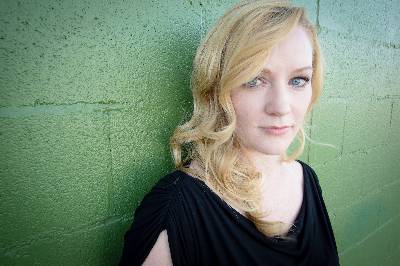
As we saw with the inclusion of hip-hop in the Olympics this summer, questions about who dances, how they dance, and why they dance are important.
I recently attended the annual conference for our accrediting body, the National Association of Schools of Dance (NASD), where the theme revolved around leading during challenging times. We discussed a wide variety of issues pertaining to the dance curriculum: developing student expertise and professionalism, assessments, addressing student expectations and requests, artificial intelligence in dance, recruitment, arts advocacy, and federal issues on dance education. Many interesting ideas stemmed from our discussions over these various topics, raising important questions.
In discussing curricular issues, key questions arose in relation to a program’s mission as it relates to its curriculum - Who dances? How do they dance? Why do they dance? More questions followed pertaining to structures, systems, and power: In what ways do we use curriculum to erode old ways to form new ways? Is this current track serving us? How can we really change the foundation of the system? Deeper questions followed how curriculum can help develop student expertise and professionalism: How can we value students and what they each individually bring? How can we empower our students to embrace their own experiences? How can we honor a student’s own expertise and acknowledge their discomfort of learning new things?
We discussed how curricular changes in higher education could shape the professional field, particularly as the arts community worldwide continues to rebuild from the pandemic. This led me to reconsider discussions with our recent guest artists, David Olarte and Carla León, whose dance backgrounds center around salsa and other Latinx dance forms. In their artist talk, Olarte touched on how their unique background in Latin ballroom competition made him feel out of place in the academic dance world – as practitioners who don’t fit the conventional mold.
Part of our reasoning for bringing in Olarte and León as guest artists this year is to embrace dance styles that we traditionally do not offer. In my sixteen years in the program, we have never brought in guest artists that specialize in Latinx dance forms. This felt like a disservice to our students and our local community.
As part of the culmination of their residency, students performed a work by Olarte and León during First Friday Art Trail. Part of that evening also included an open salsa dance hour for community members to dance alongside our students and guest artists. I was amazed to see so many people filling the space to dance communally with each other and with us. Watching Olarte grab patrons by the hand to pull them into the space to dance, seeing their faces light up with joy as he twirled throughout the space, was inspiring. So much of what we do as performers is dance in our space as patrons watch. But to see this cross-mingling of these two separate entities emphasized other questions brought up in our conference discussions: What are the other purposes of dance in a student’s life? How is their dance training helping them to be citizens in the world?
It is important to understand how impactful the arts can be in any society and how dance is a focal point in different cultures, contributing to traditions within those cultures. When working in more Western dance technique forms like ballet or contemporary found in most collegiate dance programs, the connection to community and culture can be less apparent. But when looking at dance forms steeped in rich cultural context like Latinx dance or hip-hop, community and culture are front and center. This is one way we, as a dance program, are working to shift curriculum to embrace an assortment of student experiences that emphasize dance practitioners who break the mold.
Bringing in experts like David and Carla helped students see Latinx dance forms melding with traditional concert dance forms to create something new for audiences. The same can be said for our recent hire of Anthony Denaro as an Assistant Professor of Practice in the Dance Program, which will necessitate a rehaul of our dance curriculum to include hip-hop as a requirement of students’ dance training. With Denaro’s deep, personal knowledge and profile in the professional hip-hop world, he will help us expand our own comprehension and appreciation of these types of dance forms traditionally left out of dance curriculum or relegated to elective courses.
As we saw with the inclusion of hip-hop in the Olympics this summer, questions about who dances, how they dance, and why they dance are important. We want to challenge our students to expand their own definition and understanding of dance, and to understand the importance of diversifying voices in the room and including those that have been traditionally omitted. As practitioners, we also want to challenge our ideas about what dance is, what a dance program is or could be, and better recognize that “dance” has and always will hold different meaning based on the personal and the contextual.
